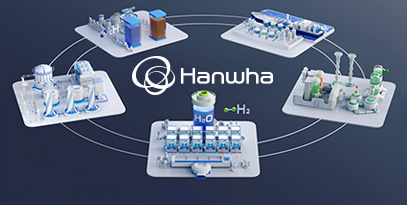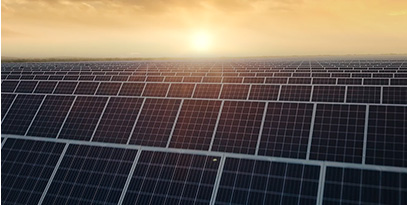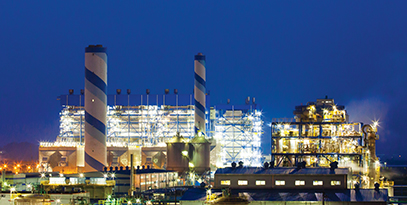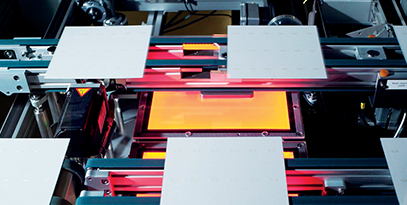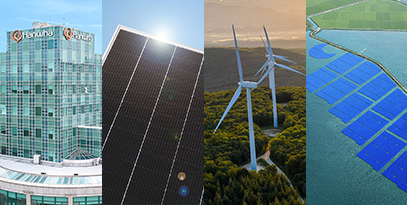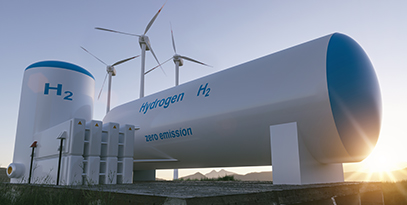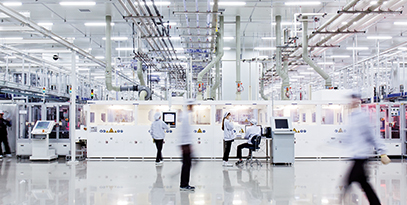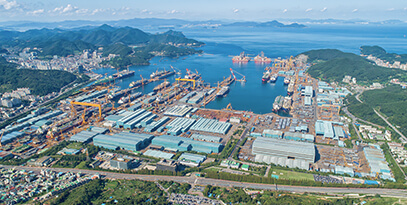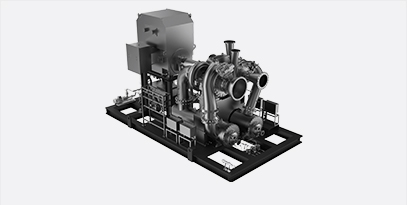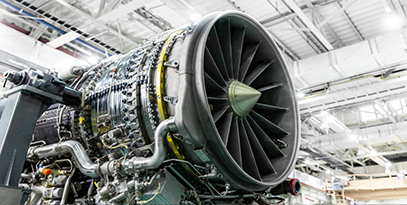From promise to practice:
How hydrogen is reshaping the energy landscape

 Insights into the multidimensional
Insights into the multidimensional
energy transition The next frontier in
The next frontier in
sustainable supply chains Growth models for
Growth models for
renewables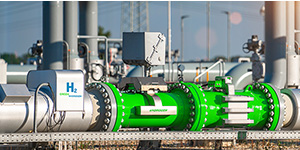
This series sheds light on the key discussions held at CERAWeek 2024, exploring new pathways for a multidimensional energy transition. Through insights from trailblazers at Hanwha Qcells, Hanwha Ocean, Hanwha Power Systems, and PSM, discover how Hanwha is laying the groundwork by delivering transformative decarbonization solutions in a dynamic energy landscape.
Following the decision made at COP28 to transition away from fossil fuels, the world is exploring sustainable strategies that balance goals related to climate change, energy security, and affordability. Heavy industries are a particular target for change — as they make products central to our modern way of life — but they are also responsible for nearly 40% of global carbon dioxide emissions.
In a multidimensional energy transition, one solution is hydrogen, which shows the potential to decarbonize hard-to-abate sectors where emission reduction is challenging. The role of hydrogen in the energy transition is clear, but its economy and infrastructure still need work.
Fueling the future with hydrogen
The global energy mix is still dominated by fossil fuels, favored for their ability to provide steady power in large quantities. However, using hydrogen as an alternative fuel could be one of the most straightforward and cleaner ways to power heavy and hard-to-abate sectors like steel. These industries favor the use of fossil fuels because their operations require high-temperature heat, which in many cases cannot be provided by electricity using commercial technologies.
Hydrogen demand reached an all-time high in 2022, and the number of low-emission production projects is expanding rapidly. Significant investments are underway, including $7 billion in U.S. government grants and $1 billion in clean energy initiatives. As the world moves towards renewable energy, hydrogen gas turbine technology is one way to not only provide the stable and strong power of fossil fuels with lower emissions, but also prevent stranded assets — including pipelines and power plants. Heavy-duty industrial gas turbines retrofitted with this technology are already being used by operators in various sectors, including oil and gas and electricity, with an objective to meet CO2 emission reduction targets.
However, retrofitting existing power plants remains costly without a robust hydrogen economy and infrastructure to support it, and hydrogen needs to be adopted in sectors where it is almost completely absent, such as transport, buildings, and power generation, to make a significant contribution to net zero. So, how can we accelerate the deployment and scaling of hydrogen technologies?
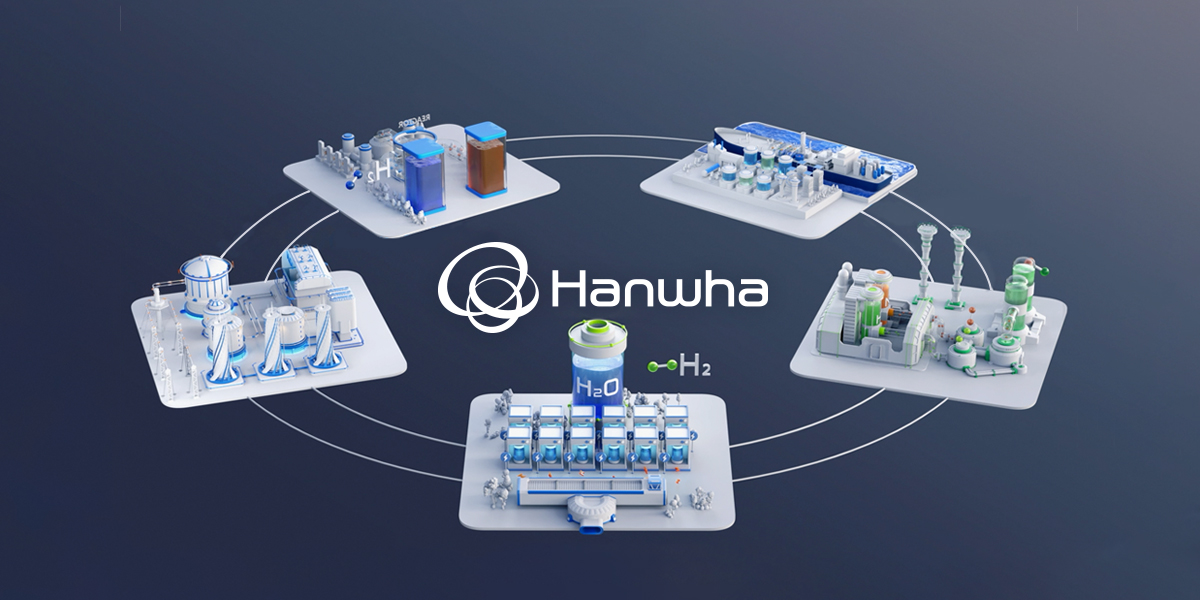
Building a clean hydrogen value chain
Hydrogen can be produced from fossil fuels and biomass, or water, or from a mix of both, but today, most hydrogen is “gray,” meaning it was derived from a natural gas using an energy-intensive process that emits a lot of carbon dioxide. “Blue” hydrogen, meanwhile, uses a similar method but leverages carbon capture and storage (CSS) technologies to limit the carbon intensity of hydrogen production.
While carbon capture does minimize the industry’s carbon emissions, the ultimate goal is moving to “green” hydrogen, produced through a process of electrolysis powered by renewable energy. This clean energy will play a more prominent role in long-term decarbonization, but currently it is too expensive for industries to consider as an economically viable option. Recent discoveries of clean geological hydrogen stores could hold promise for jumpstarting the hydrogen economy at scale, but we need to have the infrastructure in place to take full advantage. To this end, Hanwha is focusing on establishing an end-to-end hydrogen value chain to spearhead the transition.
Hanwha’s clean hydrogen value chain will use renewable energy and ammonia, encompassing not only clean hydrogen production but also storage, transport, and utilization through seven of its affiliates. Such developments will help to scale the hydrogen economy and make hydrogen more available and affordable.
Beyond the value chain, Hanwha is also investing in technological innovations that can ensure industries aren’t left stranded and can utilize hydrogen as a power source. For example, the company is further developing its hydrogen gas turbine technology that involves performing a series of retrofits and upgrades on existing combustion gas turbines to transform them into co-firing systems that simultaneously burn natural gas and hydrogen. This technology will help heavy, hard-to-abate sectors and the power generation industry reconfigure their operations to transition from fossil fuels and embrace cleaner alternatives, while significantly reducing CO2 emissions. Ultimately the goal is to operate gas turbines with 100% hydrogen to complement the inherently intermittent nature of renewables and build reliable, completely carbon-free power generation structures as we move towards a net-zero world. To achieve this objective, Hanwha is actively executing an ambitious technology development roadmap with applications across a wide range of globally installed gas turbine models. Such efforts will help scale up and commercialize hydrogen technologies, promote the adoption of hydrogen as both a fuel and an energy storage medium whilst bringing down costs, allowing hydrogen to become more widely used across industries.
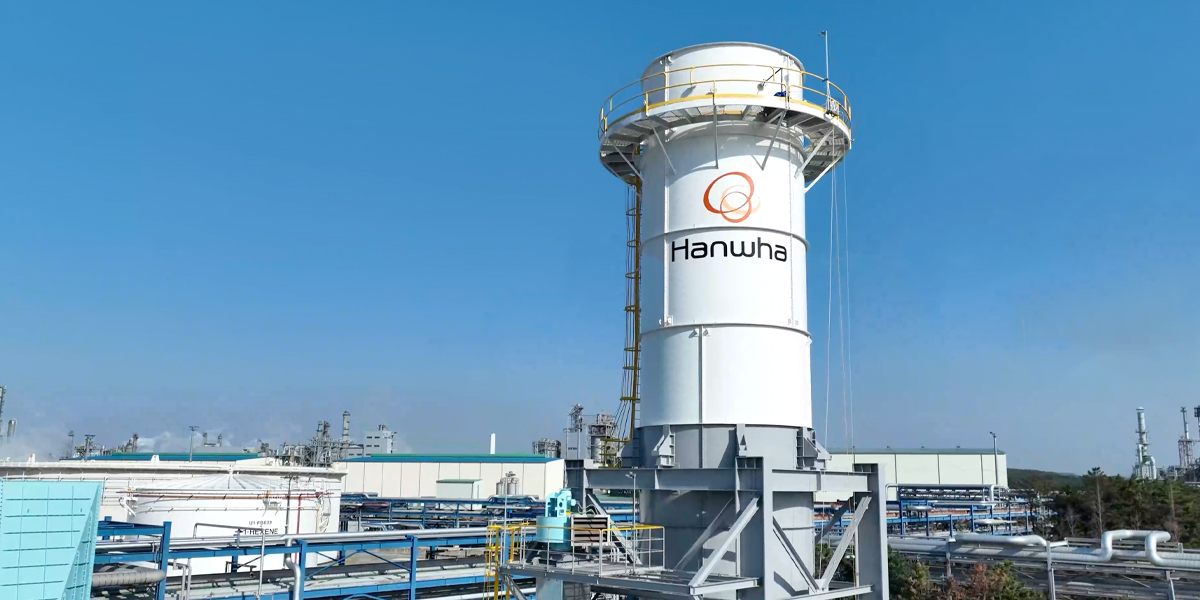
Hanwha’s Daesan plant, where Hanwha set a world record running an 80-MW gas turbine with 60% hydrogen by volume
“The potential for clean hydrogen production is immense, and will be increasingly leveraged as an alternative fuel today thanks to its carbon-free combustion attributes and emerging, wide-ranging usability across sectors,” said Jeffrey Benoit, Vice President of Global Clean Energy Solutions at PSM, a Hanwha company.
“From a circular economy perspective, Hanwha’s hydrogen gas turbine technology offers a practical decarbonization solution that addresses not only the energy trilemma — affordability, reliability, and sustainability — but also leverages existing dispatchable assets to accelerate the transition to a low-carbon economy. As these installed gas turbines, upgraded with our product solutions, deliver greater operational and fuel flexibility, improved efficiency, and grid stability, they will provide a critical cost-effective bridging solution to meet COP28 targets,” Benoit explained.
The promise of hydrogen
The time is right to tap into hydrogen’s potential to play a key role in a clean, secure, and affordable energy future. Hydrogen is a versatile tool for decarbonization, and companies like Hanwha are building robust value chains that are key to a multidimensional approach to the energy transition. The momentum behind hydrogen is strong, and with private and public sectors working together, the world’s low-emission hydrogen production technologies can mature into a transformative and economic solution for a greener path forward.
Coming Soon!


